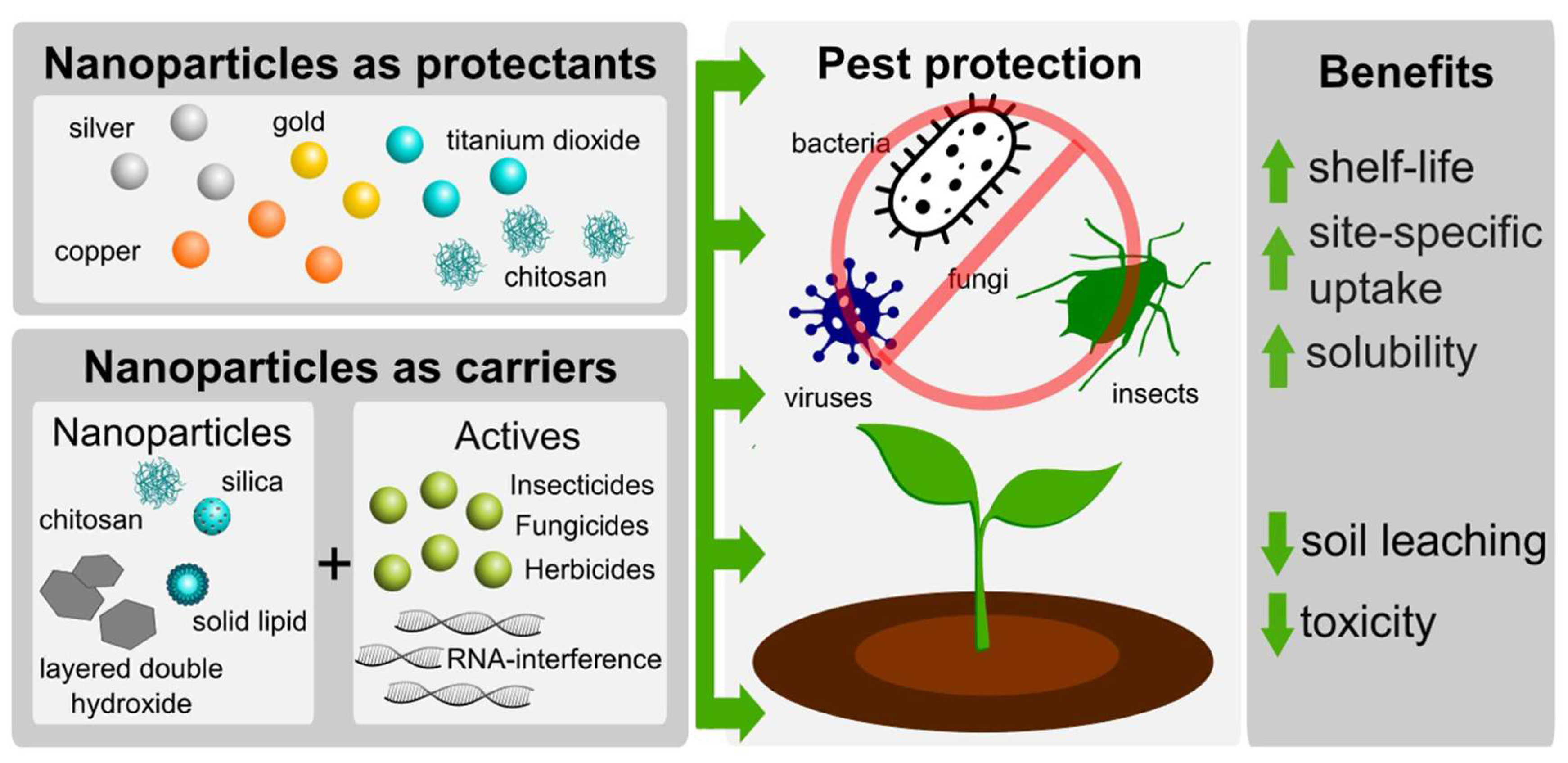Overview:
Ticks are often mistaken for insects, when they are actually arachnids, like spiders or scorpions. While there are many different types of ticks, all of these arachnids have four pairs of legs and no antennae. They feed by attaching to a host body and slowly sucking blood. A tick can attach and feed on a host for several days at a time.
Management Positive Pest Control will require the use of the organic products. It will not cause any damage to the health of the people. The staying in the homes is safe and secure for the people. The removal of the pest is without any harm to the owners of the house.
Description:
While there are many different varieties of ticks, the way that they behave is fairly universal. Ticks typically live in areas of dense vegetation. They will often stay on the edges of shrubs or tall grasses, waiting to attach to a new host. These arachnids are unable to fly; they will wait for a host to walk by, and will jump on and attach.
Once a tick has attached to a host, they can live there undetected for a significant period of time. These arachnids will attach very firmly to the host body, and it may take a long time to notice them, and then it is sometimes quite difficult to remove them from the host. While different species of ticks will vary widely in terms of color and size, all feed similarly and will become swollen and larger after several days of feeding. Common types of ticks in North America include:
- Brown Dog Tick
The brown dog tick is found commonly throughout most areas of the United States. While it is not impossible for these ticks to bite people, they are typically found attached to the ears or feet of dogs. This variety of tick is generally about and eighth of an inch long, but can grow to half an inch long after feeding. They are reddish-brown in color and are usually found in kennels or they can infest homes by hiding in cracks and crevices or beneath carpets.

- Deer Tick
Deer ticks, which are also referred to as blacklegged ticks, are similar in size and color to the dog tick, but are more commonly found outdoors. These ticks go through different maturity phases, during which they will feed on a large variety of warm-blooded mammals, including mice, dogs, deer, and people. The eggs typically hatch in the spring, and as they grow they will progress from feeding on smaller animals to larger mammals. They are predominately found in heavily wooded areas.
Ticks and Disease
Regardless of the species, all ticks have the strong ability to carry disease. They spend a significant amount of time attached directly to a host body. The ticks do not suffer themselves from the diseases of their hosts, but they can very effectively transfer the illnesses to new hosts. While there are many tick-borne diseases, Lyme disease is most commonly associated with these arachnids.
Removing Ticks from a Body
Once a tick has attached to a host body, safe removal can be very difficult and should be handled delicately. When removing a tick, it is important not to damage the body of the tick. If the body is crushed, this could cause more exposure to blood, bacteria, and disease. It is also important to take care to completely remove the entire mouthpiece of the tick. In many cases, this can only be accomplished with medical equipment or tweezers. The tick should be sealed in a container with a lid, and taken to a doctor, especially if any type of infection is suspected. Always wash your hands thoroughly before and after addressing a tick bite.

Preventing Tick Bites
The best method of avoiding tick bites is to avoid areas that are likely going to have a significant tick population; this includes areas with overgrown vegetation or heavily wooded areas. When visiting these types of places:
- Wear The Right Clothing
Do not leave any skin exposed where ticks could easily attach, and eliminate gaps in clothing by tucking shirts into pants and pants into socks. Wearing lighter colored clothing also makes it easier to quickly identify a tick.
- Use Trails
When possible, stay in the center of walking trails and away from high grass and overgrown plants.
- Check for Ticks
Throughout the day, stop and check for ticks so that any that are present can be removed from clothing before they have a chance to attach.
Tick Control in the Home
Ticks, especially dog ticks, can infest a living space. There are several ways in which you can get rid of ticks, and stop them from returning:
- Eliminate Their Habitats
Outside the home, you can make your property less appealing to ticks by keeping the grass and hedges trimmed. Inside the house, it can be difficult, but it can help to find and seal crevices and cracks in the walls and floors.
- Check and Treat Pets
Especially if cats and dogs are allowed to roam in and out of the house, it is essential to check them regularly for ticks to prevent an infestation. Along with checking for ticks, it can help to also have your veterinarian recommend a safe on-going treatment to prevent ticks.
- Pest Control
Pest control professionals can treat the property with safe insecticides that are intended for tick control. These treatments are typically applied once or twice a year to areas of dense vegetation, and can very effectively control the tick population around a home.








